 Amazon is running a promotion where if you buy $50 of select Household & Beauty Essentials, you will get a $15 Amazon.com gift card (add it to your cart and it’ll show as free upon checkout). Eligible items include Bounty paper towels, Charmin Ultra Soft toilet paper, Tide pods, Gillette Fusion blade refills, and other P&G products.
Amazon is running a promotion where if you buy $50 of select Household & Beauty Essentials, you will get a $15 Amazon.com gift card (add it to your cart and it’ll show as free upon checkout). Eligible items include Bounty paper towels, Charmin Ultra Soft toilet paper, Tide pods, Gillette Fusion blade refills, and other P&G products.
I did a quick price comparison for the Bounty and Charmin and got varying results. Before taking into account the promo, the Bounty paper towels listed are priced competitively at $2.81 per “huge” roll vs. $2.74 at Walmart.com and $2.75 at Target.com. If you say the $15 off $50 is 30% off, then after the promo each roll is $1.97 per huge roll. (Supposedly each huge roll is 2.5 regular rolls.)
But a similar comparison for the Charmin toilet paper has it at $0.72 per “double” roll vs. $0.50 at Walmart and $0.58 at Target. After 30% off the Charmin goes back to $0.50 a roll, which isn’t much of a deal. I haven’t done this for the other products, but it might be worth a quick comparison. If you like these brands, this promo will probably still save you some money.
Also, I didn’t factor in that you can currently get an additional 5% back at Amazon with both the Chase Freedom or Discover It cards.
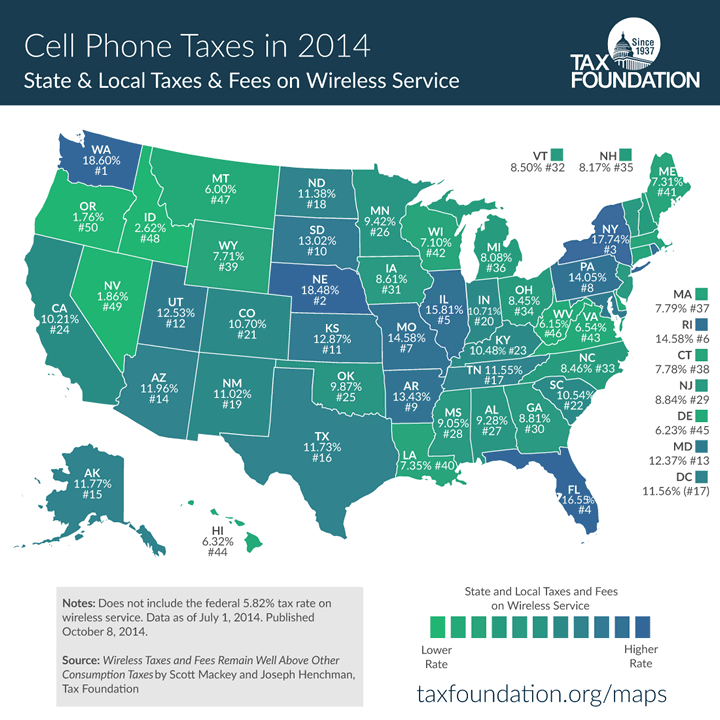
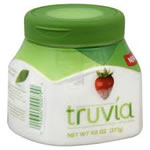 Cargill has settled a lawsuit alleging their Truvia Natural sweeteners were not so “natural” because they contained ingredients that were highly processed and/or derived from genetically modified organisms (“GMOs”) and that the descriptions of the products, and of the ingredients of which these products were made, were inaccurate or misleading. Here are the details from TruviaSweetenerLawsuit.com.
Cargill has settled a lawsuit alleging their Truvia Natural sweeteners were not so “natural” because they contained ingredients that were highly processed and/or derived from genetically modified organisms (“GMOs”) and that the descriptions of the products, and of the ingredients of which these products were made, were inaccurate or misleading. Here are the details from TruviaSweetenerLawsuit.com.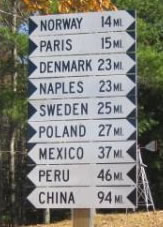 You’ve probably heard the advice that you should buy experiences and not things. (Except maybe when
You’ve probably heard the advice that you should buy experiences and not things. (Except maybe when 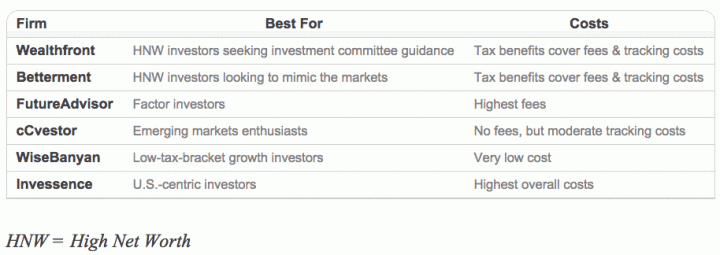
 Here is Part 4 of my series on baby gear, organized in the order of Amazon’s Baby Registry. The entire multi-part series can be found with the
Here is Part 4 of my series on baby gear, organized in the order of Amazon’s Baby Registry. The entire multi-part series can be found with the  The October 2014 issue of Money Magazine features their annual rankings of the “Best Credit Cards”. Here’s a condensed list of their top picks for various categories. I’ve written about most of them, and in those cases I’m linking to that post which provides more details. Otherwise, I’m linking directly to the card page and including a few highlights about the card.
The October 2014 issue of Money Magazine features their annual rankings of the “Best Credit Cards”. Here’s a condensed list of their top picks for various categories. I’ve written about most of them, and in those cases I’m linking to that post which provides more details. Otherwise, I’m linking directly to the card page and including a few highlights about the card.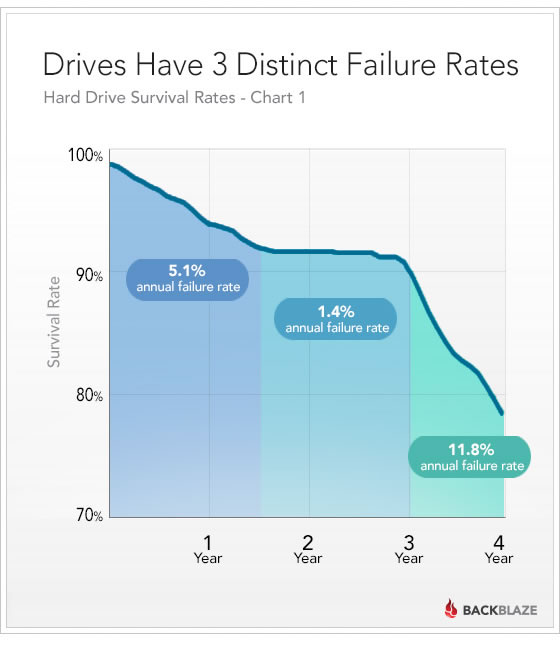
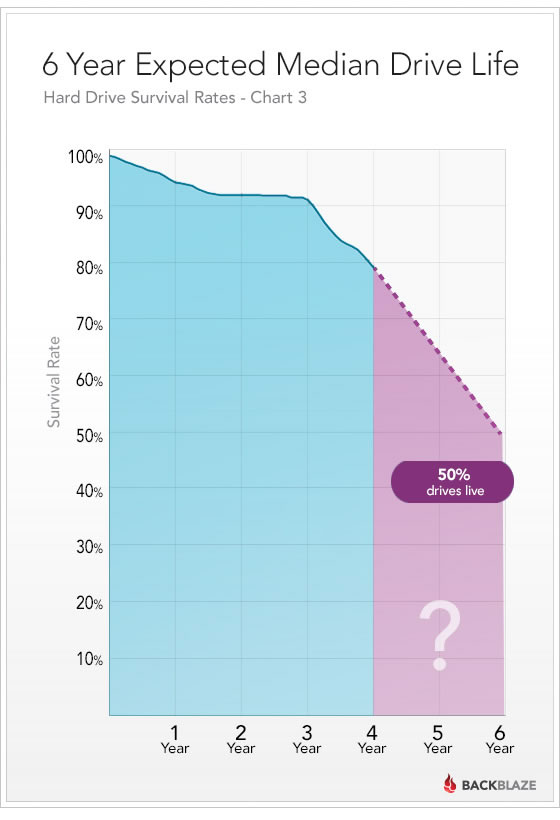
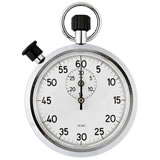 In the provocatively-titled article
In the provocatively-titled article 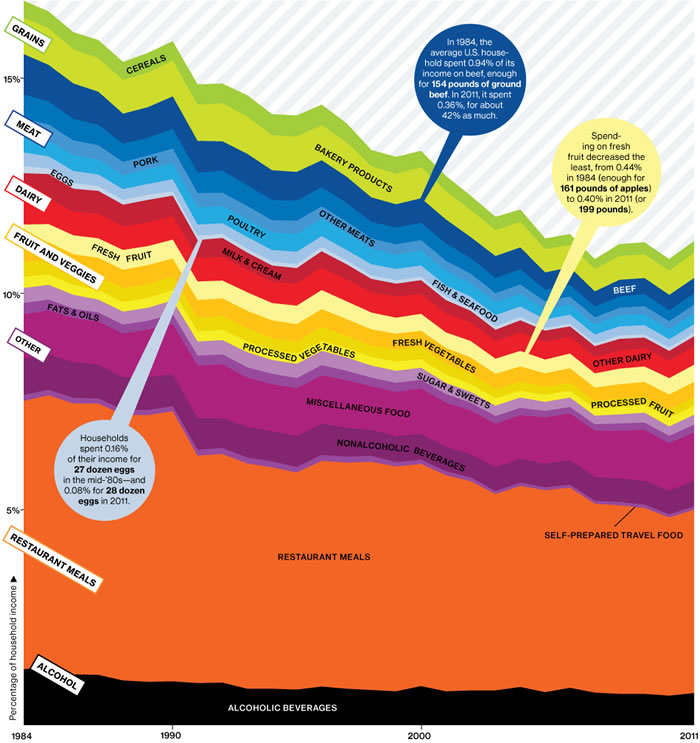
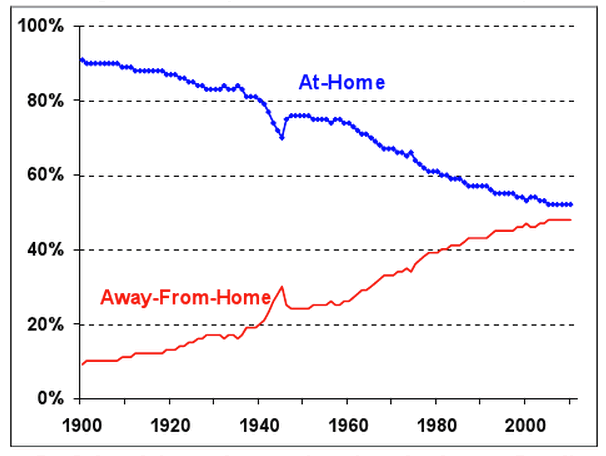
 The Best Credit Card Bonus Offers – March 2024
The Best Credit Card Bonus Offers – March 2024 Big List of Free Stocks from Brokerage Apps
Big List of Free Stocks from Brokerage Apps Best Interest Rates on Cash - March 2024
Best Interest Rates on Cash - March 2024 Free Credit Scores x 3 + Free Credit Monitoring
Free Credit Scores x 3 + Free Credit Monitoring Best No Fee 0% APR Balance Transfer Offers
Best No Fee 0% APR Balance Transfer Offers Little-Known Cellular Data Plans That Can Save Big Money
Little-Known Cellular Data Plans That Can Save Big Money How To Haggle Your Cable or Direct TV Bill
How To Haggle Your Cable or Direct TV Bill Big List of Free Consumer Data Reports (Credit, Rent, Work)
Big List of Free Consumer Data Reports (Credit, Rent, Work)